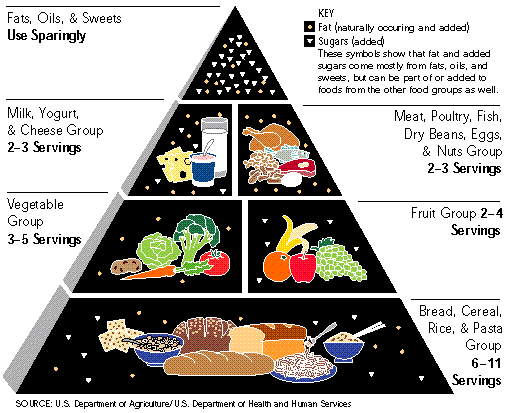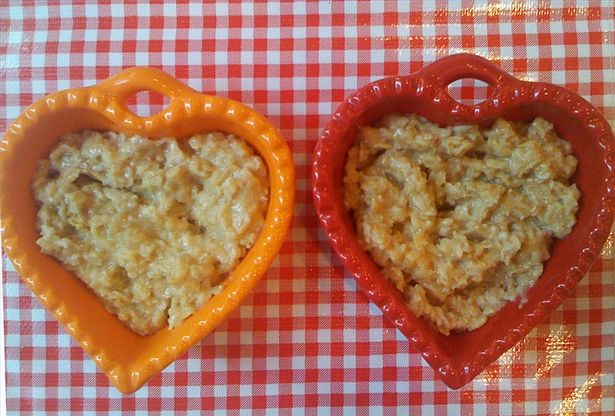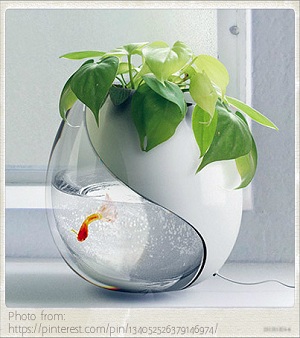Forty years ago, the most sophisticated method of packaging hot food was to wrap fish and chips in greaseproof paper, and seal in the heat with a layer of newspaper. The best method available for cold food if the household didn't possess a refrigerator was an ice box kept reasonably cold, funnily enough, with a block of ice. We've come a long way since then, with all manner of containers, packages, packets, bags etc. to withstand the extremes of temperature that our food now is subjected to. The level of quality control expected of our food packaging allows us as consumers to be confident that our food is safe to eat, whether hot or cold.
The obvious conclusion to be drawn here is that the choice of packaging has to be absolutely right for the product. With all the regulation around food packaging, manufacturers have to be certain that the packaging they choose for any particular product must keep the contents safe for human consumption, and also be suitable for either heating or freezing, whichever is required.
Most frozen food for example, is cooked in a microwave oven, so manufacturers have developed packaging that can be taken from the freezer and placed straight into the microwave, opening up a lucrative market and providing a whole new level of convenience for the consumer. Machine filling, sealing and freezing are certain phases in the production process that need to be undergone by this type of packaging. After leaving the factory the product must also be transported and stored, until purchase by the customer, after which it is again transported, then thawed and cooked.
There are several hot foods that may not need to be stored or transported in a similar manner as frozen foods. This is for the reason that hot foods are intended to be consumed shortly after production. The most obvious requirement for the packaging of hot foods is that the container can withstand high temperatures, and not melt or buckle. Adhering to food regulation standards means keeping the reliability of the products' contents. However, hot foods are a more bacteria friendly environment, so care must be taken regarding the amount of time the food is kept heated.
At a certain point where buyers have accepted the fact that food packaging will be experiencing no further innovations, something new and diverse is introduced. The latest item of interest is the move by the large supermarket chains away from the paper bag lined with foil to keep chickens hot. The foil bag is still popular with smaller food retailers, but the larger stores seem to prefer plastic bags.
Whatever the type of packaging, it must always be able to preserve the integrity of the contents, whether they are hot or cold. If it can also provide nutritional information and have an eye-catching and colorful design, it will be a winner with consumers, which is really what modern packaging is all about.

 Introduction To Of Some Lower Cholesterol Foodstuffs
Cholesterol is a fat-like element contained in the physique
Introduction To Of Some Lower Cholesterol Foodstuffs
Cholesterol is a fat-like element contained in the physique
 The Simplest Way To Lessen Your High Cholesterol By Natural Means
High-cholesterol is a major variable inside the countrywide
The Simplest Way To Lessen Your High Cholesterol By Natural Means
High-cholesterol is a major variable inside the countrywide
 Starting Up An Aquaponics Set Up From See The Easy Way
Planting seeds in your aquaponics system can be a lot simpl
Starting Up An Aquaponics Set Up From See The Easy Way
Planting seeds in your aquaponics system can be a lot simpl